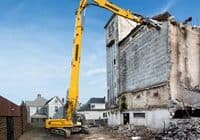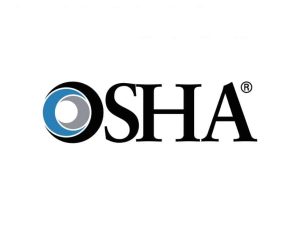The Risks of Cutting Corners in Demolition
 It is always a good idea to check with OSHA’s regulations and safety requirements before beginning any job. The saying “Better Safe Than Sorry” came from somewhere right? It is in our nature to make mistakes and then learn from them, but eventually we also learn to save ourselves the grief and learn from someone else’s mistakes.
It is always a good idea to check with OSHA’s regulations and safety requirements before beginning any job. The saying “Better Safe Than Sorry” came from somewhere right? It is in our nature to make mistakes and then learn from them, but eventually we also learn to save ourselves the grief and learn from someone else’s mistakes.
Demolition jobs may seem like they are in a different category than other construction jobs because instead of putting things up, they’re being torn down. In some ways they are very different and distinct, but they all require proper procedure to be followed before beginning. The unique conditions of this type of job requires an inspection before beginning to make sure the site is safe for workers.
Here are some steps that OSHA suggests:
 Brace or shore up the walls and floors of structures which have been damaged and which employees must enter.
Brace or shore up the walls and floors of structures which have been damaged and which employees must enter.- Inspect personal protective equipment (PPE) before use.
- Select, wear and use appropriate PPE for the task.
- Inspect all stairs, passageways and ladders; illuminate all stairways.
- Shut off or cap all electric, gas, water, steam, sewer and other services lines; notify appropriate utility companies.
- Guard wall openings to a height of 42 inches; cover and secure floor openings with material able to withstand the loads likely to be imposed.
- Floor openings used for material disposal must not be more than 25% of the total floor area.
- Use enclosed chutes with gates on the discharge end to drop demolition material to the ground or debris containers.
- Demolition of exterior walls and floors must begin at the top of the structure and proceed downward.
- Structural or load-supporting members on any floor must not be cut or removed until all stories above that floor have been removed.
- All roof cornices or other ornamental stonework must be removed prior to pulling walls down.
- Employees must not be permitted to work where structural collapse hazards exist until they are corrected by shoring, bracing, or other effective means.
So stay safe out there! Make sure before beginning any job that OSHA’s regulations are referenced and followed to prevent avoidable mistakes that could save your life!
